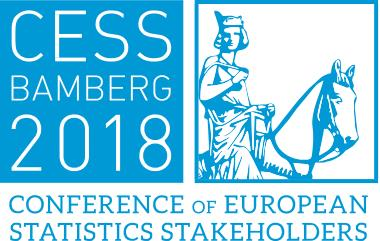In an age of fake news, it is of increasing importance to equip particularly young citizens with the necessary statistical tools to interpret official statistics and debunk false reports. But how can we best go about such a colossal task? One look at the European map quickly revealed that Eurostat and many National Statistical Institutes (NSIs) had already started to address this problem. In the framework of the DIGICOM[1] project an inventory of statistical literacy activities was carried out in 2016. Statistical competitions among schools were identified a good practice from INE Spain, similar initiatives were led by statistical societies in countries and a joint project could help support its extension to other countries.
Building on this experience, the first European Statistics Competition (ESC) was launched in October 2017 to stimulate the awareness of sound statistics by promoting statistical literacy and curiosity among students, while encouraging teachers to use new educative materials based on official statistics. As a DIGICOM initiative it involved 11 NSIs[2] from the European Statistical System and was coordinated by Eurostat and INE Spain. Over 11 000 students aged 14-18 and 1000 teachers took part in the competition, in which they had to solve statistical problems, search for data and produce statistical analyses. The top 180 students qualified to represent their countries in the final European round which required them to produce short videos on why official statistics matter.
[1]The project for Digital communication, User analytics and Innovative products (DIGICOM) is one of the eight projects of the ESS Vision 2020 implementation portfolio
[2] Bulgaria, Croatia, Cyprus, Finland, France, Greece, Italy, Poland, Portugal, Slovenia, Spain
